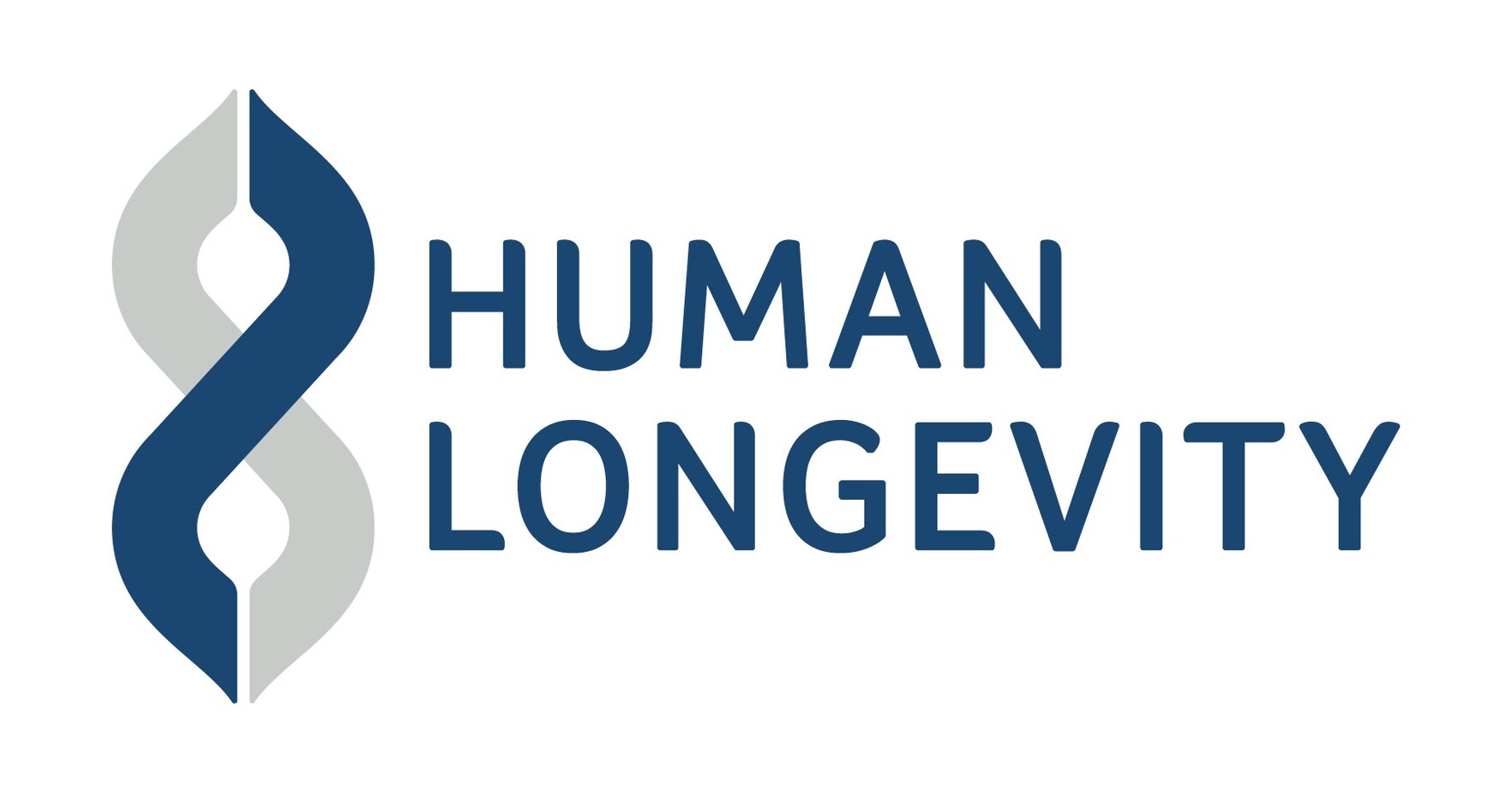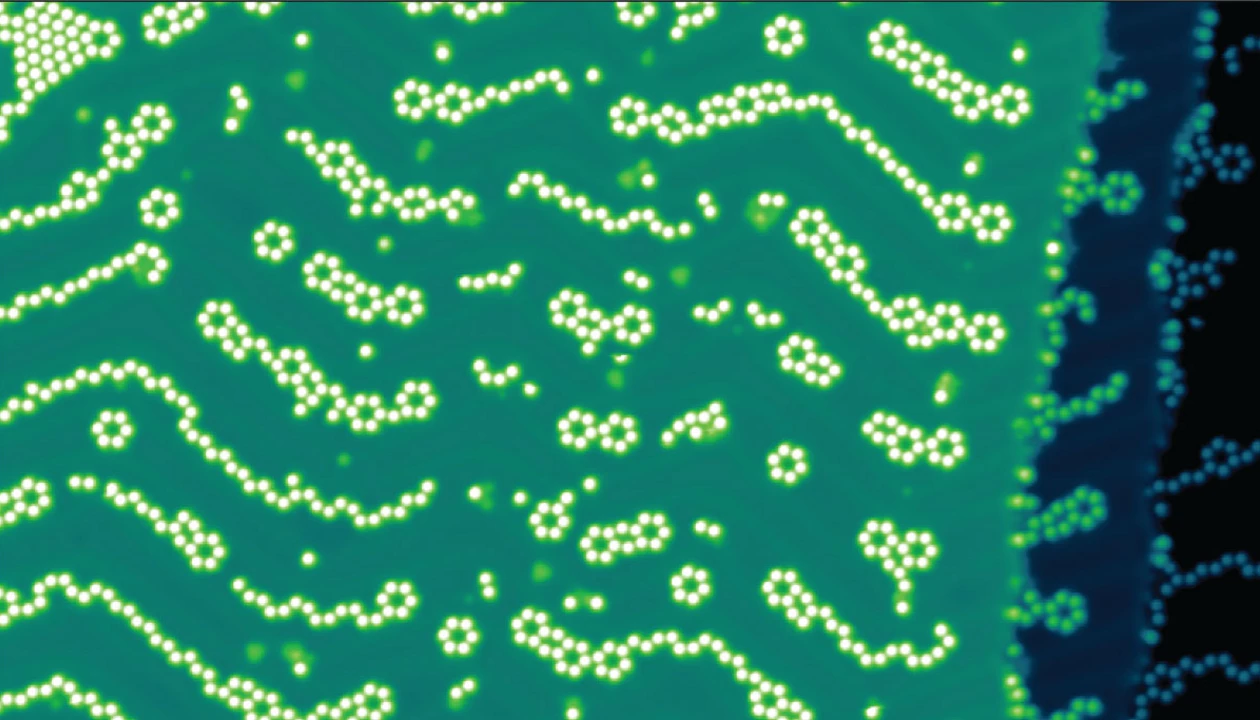There are two gods in Dreamfall’s third-person survival story Hello Sunshine. One is the enormous robot who saves your life in the game’s first and only cutscene – a flaking, orange-hooped juggernaut who promptly turns away from…
Author: admin
-

Hello Sunshine aims to be the world’s best and most poignant escort quest
-

US skier Ryan Cochran-Siegle kicks off Olympic push with Beaver Creek downhill podium | Skiing
Marco Odermatt of Switzerland won the downhill season-opener Thursday, beating American Ryan Cochran-Siegle in a World Cup race on a tricky but shorter Birds of Prey course.
Odermatt finished in 1min 29.84sec to surpass Cochran-Siegle by .30sec….
Continue Reading
-

Game of Thrones Prequel’s Cast at CCXP
A Knight of the Seven Kingdoms brought the firepower to CCXP in São Paulo.
The panel for HBO‘s forthcoming Game of Thrones prequel series kicked off Thursday in Brazil with a live brass band performing the original show’s iconic…
Continue Reading
-

Human Longevity Expands $1M Cancer Pledge to Redefine Early Detection and Prevention of Colon Cancer
SOUTH SAN FRANCISCO, Calif., Dec. 4, 2025 /PRNewswire/ — Human Longevity, Inc. (HLI), the global leader in precision health and longevity medicine, today announced the expansion…
Continue Reading
-
Hong Kongers demand accountability after deadly building fire
JUANA SUMMERS, HOST:
In Hong Kong, a review committee is set to investigate the region’s deadliest fire in a century. At least 21 people have been arrested so far as part of an investigation into…
Continue Reading
-

How to Boost Your Facebook SEO in 2026
Your Facebook marketing strategy isn’t just about engaging posts anymore. It’s also about organic search visibility.
With billions of…
Continue Reading
-
Ultrasound Can Aid Treatment of Vascular Complications From Cosmetic Fillers – MedPage Today
- Ultrasound Can Aid Treatment of Vascular Complications From Cosmetic Fillers MedPage Today
- Experts Urge Ultrasound Use as New Study Exposes Serious Vascular Risks from Facial Fillers Global Cosmetics News
- Ultrasound is both the prevention and…
Continue Reading
-
Belarus calls for restoration of full-scale int’l communication to end global conflicts-Xinhua
MINSK, Dec. 4 (Xinhua) — Belarusian Deputy Foreign Minister Igor Sekreta on Thursday urged the international community to restore full-scale communication to resolve global conflicts and achieve a new detente.
At a Ministerial Council…
Continue Reading
-

Amazon Prime’s free PC games for December include Deus Ex, Lego 2K Drive
Amazon Prime members can get 14 free games this month. Better yet, the games come via redeemable codes from various PC gaming storefronts, like the Epic Games Store and GOG, meaning you’ll still own and have access to them even…
Continue Reading
